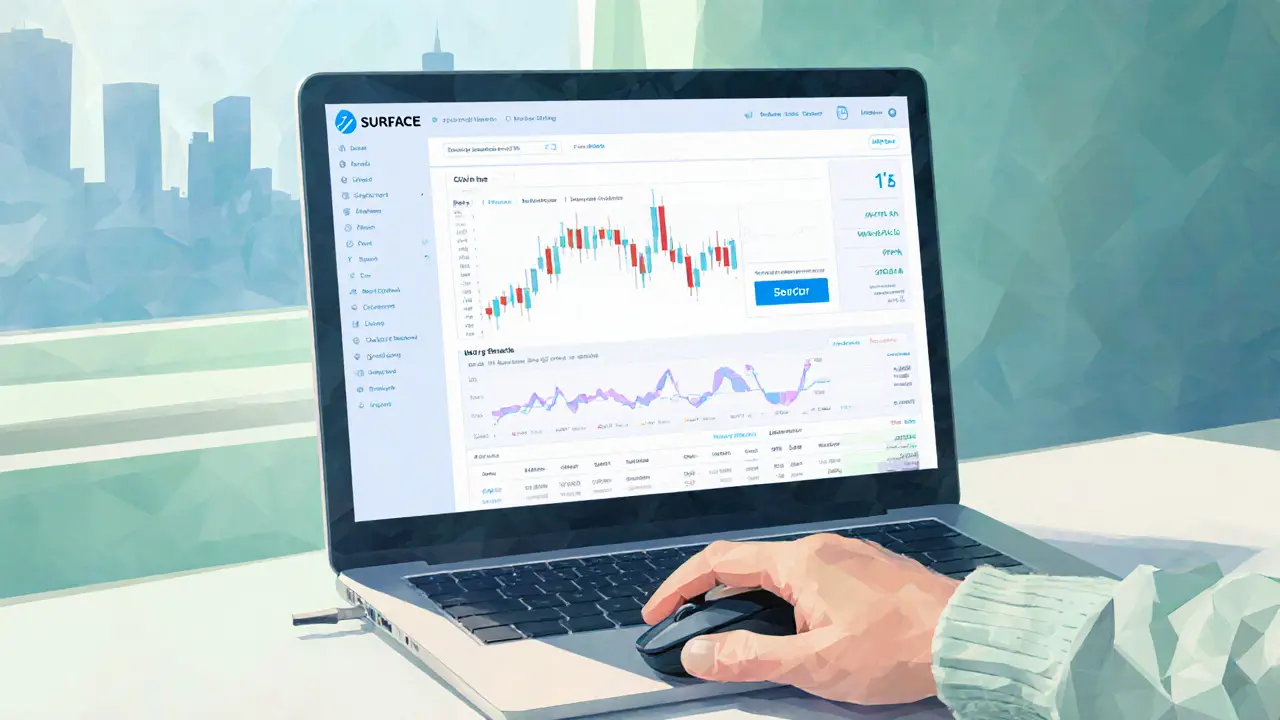Exchange Fees: What Traders Need to Know
When dealing with Exchange Fees, the charges you pay each time you buy, sell, or move a digital asset on a platform. Also known as trading costs, they can eat into profits if you don’t understand how they work. exchange fees aren’t a single number; they’re a mix of maker‑taker rates, withdrawal charges, and sometimes hidden spreads.
One major player in this space is the Crypto Exchange, the online service where users trade cryptocurrencies. Each exchange designs its own fee model, often tying lower rates to higher volume or staking its native token. Knowing the exchange’s fee structure helps you plan trades more efficiently and avoid surprise costs.
The Fee Structure, the breakdown of maker, taker, deposit, and withdrawal fees is the backbone of any cost analysis. Maker fees reward liquidity providers, while taker fees apply when you remove liquidity. Some platforms add a tiered system: the more you trade, the less you pay. Understanding this hierarchy lets you decide whether a high‑volume strategy or a low‑frequency approach suits you best.
Key Factors Behind Exchange Fees
Liquidity plays a huge role. A Liquid Market, a market with deep order books and tight spreads can keep fees low because trades execute quickly without large price slippage. Conversely, thin markets often charge higher fees to compensate for the risk of price impact. So when you compare exchanges, look at daily volume and order‑book depth as part of the fee equation.
Security is another hidden cost driver. Exchanges that invest heavily in custody solutions, insurance, and compliance usually embed those expenses into higher fees. A platform with robust security measures may charge a bit more, but it protects you from hacks and regulatory penalties. Balancing fee savings against potential loss from a breach is a practical decision every trader faces.
Regulation also shapes fee landscapes. When an exchange obtains a license in a strict jurisdiction, it often faces higher operational costs—these get passed to users as increased fees. On the flip side, unregulated platforms may lure users with ultra‑low fees but expose them to legal uncertainty. Understanding the regulatory backdrop helps you weigh short‑term savings against long‑term stability.
All these pieces—exchange type, fee structure, liquidity depth, security investment, and regulatory environment—interact to form the final cost you see on your statement. By breaking down each element, you can spot where you might save money or where paying a premium makes sense. Below you’ll find a curated set of articles that dive deeper into specific exchanges, compare fee schedules, and offer practical tips on optimizing your trading costs.

A 2025 review of Surface crypto exchange covering fees, security, features, and who it's best for. Find out if Surface stacks up against Binance, Coinbase, Kraken, and eToro.
- Read More
